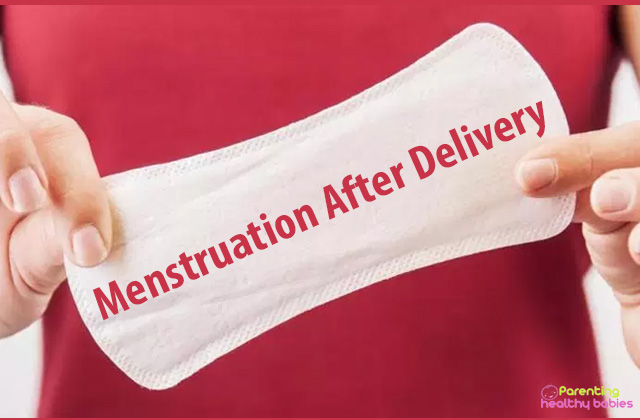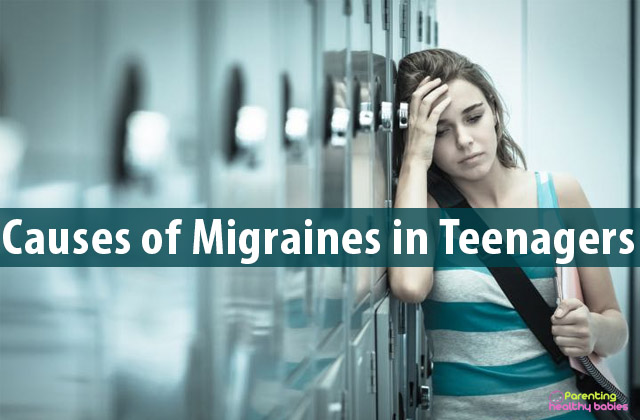Menstruation after delivery and breastfeeding have a strong correlation, and this relation can have differential results in your monthly cycle. Throughout your pregnancy, you do not menstruate because the egg is fertilised and it grows into a foetus that develops into the baby that you give birth to. However, you will revert to your menstrual schedule after delivery.
The pattern and the gap between delivery and the first period of menstruation after that, of course, vary from woman to woman. This is especially noticeable when the distinction is made between women who are breastfeeding and the women who are resorting to bottle feeding.
Must Know Things About Menstruation After Delivery and Breastfeeding
First Postpartum Period: Changes in your Menstruation After Delivery
Usually, the first postpartum menstruation does not look quite similar to the one that you would see prior to your pregnancy. The major changes in the first menstruation after delivery that you are most likely to see are:
- The cramps will either be stronger or lighter. So you can either be lucky or get even more unlucky than you were!
- There will be more blood clots than you used to experience earlier.
- A heavier flow of blood with thick consistency might make you keep changing your underwear or panty liners a bit too often!
- You might experience an interrupted flow of blood, but there is nothing to worry about, as it is a part of the normal schedule after delivery.
- There is also a possibility of an increase in the intensity of your regular period pains, as compared to the pains you experienced before conceiving.
- There will be an increase in the vaginal discharge that will appear right after the period of menstruation. The fluid, called Lochia, can be red or a mild whitish in its appearance.
- You might get a mild fever due to the bodily irritation and constant pains.
- The cramps of menstruation can also be accompanied by a mild to moderate headache at times.
Impact of Thyroid on Postpartum Menstruation
In some rare cases, problems of the thyroid and thickening of the uterine wall – known as adenomyosis – can result in heavy menstruation after delivery, during the postpartum period. On the other hand, women who have contracted endometriosis prior to their conception, might actually be lucky to experience a lighter and less painful menstruation after their delivery.
Contraceptives and Postpartum Menstruation
Another factor that most people miss out on is contraceptives. These can also help you experience a lighter and less erratic postpartum menstruation. So, it might be a rather good idea to keep your sex life active, along with the parental duties and adjustments! This will also greatly help in coping with postpartum depression.
Cause for Painful Menstruation Postpartum
In the usual situations, most women go through more painful menstruation during their postpartum period due to the following factors:
- More uterine cramping due to the after-effects of delivery.
- The changing ration of your body’s hormones due to breastfeeding.
- The enlargement of the uterine cavity after ten months of pregnancy, leading to the shedding of the uterine lining during postpartum menstruation.
Menstruation and Breastfeeding
Usually, women who take to breastfeeding their babies after delivery do not get their periods as soon as women who bottle-feed their babies get, because of their differences in hormonal balance. Menstruation and breastfeeding are very much related in the sense that the former produces a higher level of prolactin in the body – which is required to produce the milk, as a result keeping the reproductive hormones from functioning normally and enabling ovulation.
Hence, women who breastfeed their babies get their normal periods about six to eight months after delivery, and women who take to bottled-milk feeding, get back their regular periods about within a month’s time after delivery. At times, if you are breastfeeding, your menstruation might as well not resume until you start bottle-feeding or until you introduce some mild solid foods to the child. There have thus been situations reported by doctors as well as experienced mothers, in which the menstrual cycle took more than a year and a few months to resume its normal path!
Doctors say that no matter whether you are breastfeeding or bottle-feeding, the best thing to do is to stick to a balanced diet that is specifically rich in iron and vitamins. These nutritious ingredients can help your hormones maintain a balance and revert to their previous methods of functioning, thereby allowing your body to function normally.
Light Menstruation Post Delivery can be Risky?
A vital factor to keep in mind is that, as lucky as you may think you have been, light menstruation after delivery is not always a good sign. Apart from a history of endometriosis – which is now rectified – and the use of contraceptives, the other symptoms to be aware of are:
Asherman’s Syndrome: If there is a scarred tissue in your uterine lining, then it might result in lighter menstruation and very little flow of blood. Visit the doctor if you see that your regular cycle of menstruation, after delivery, is not producing enough blood to be discharged from the body.
Sheehan’s Syndrome: In this condition, your pituitary gland is damaged due to low blood pressure or extensive loss of blood. Thus, this results in the ovary not being able to function properly, and your menstruation also gets disrupted. A common remedy for this is hormonal therapy at the gynaecologist’s chamber.
As much as getting back your period is a relief after delivery, you must also be aware of the relative connection between menstruation and breastfeeding. Many women tend to get nervous due to their periods getting ‘late’. The first thing to stop doing is comparing your menstrual cycle with the women who take to bottle-feeding! Ask your doctor about the normal symptoms and then assess for yourself whether anything that you are experiencing is abnormal. Take care of your health and visit the gynaecologist for regular check-ups for the best possible results!













